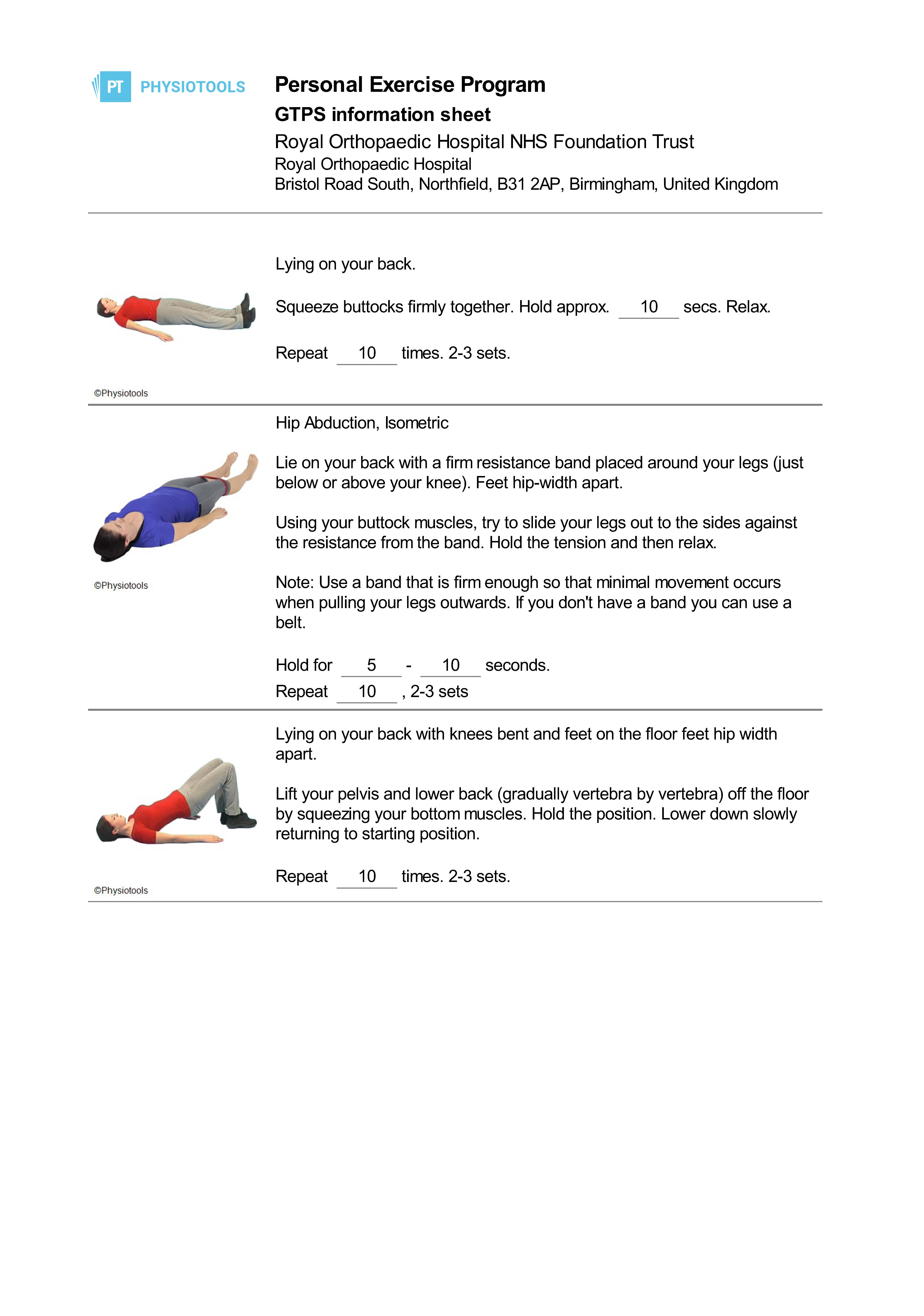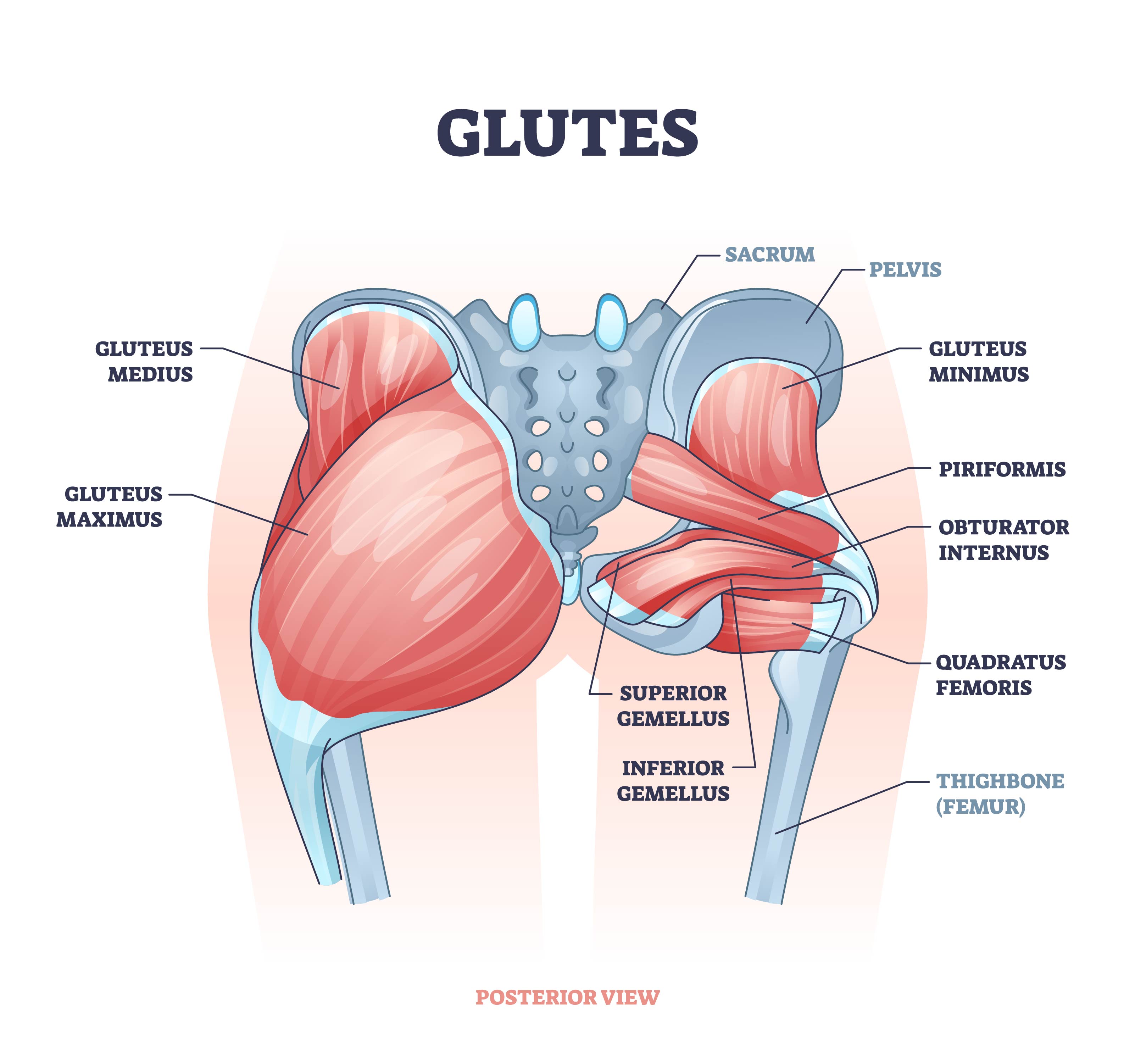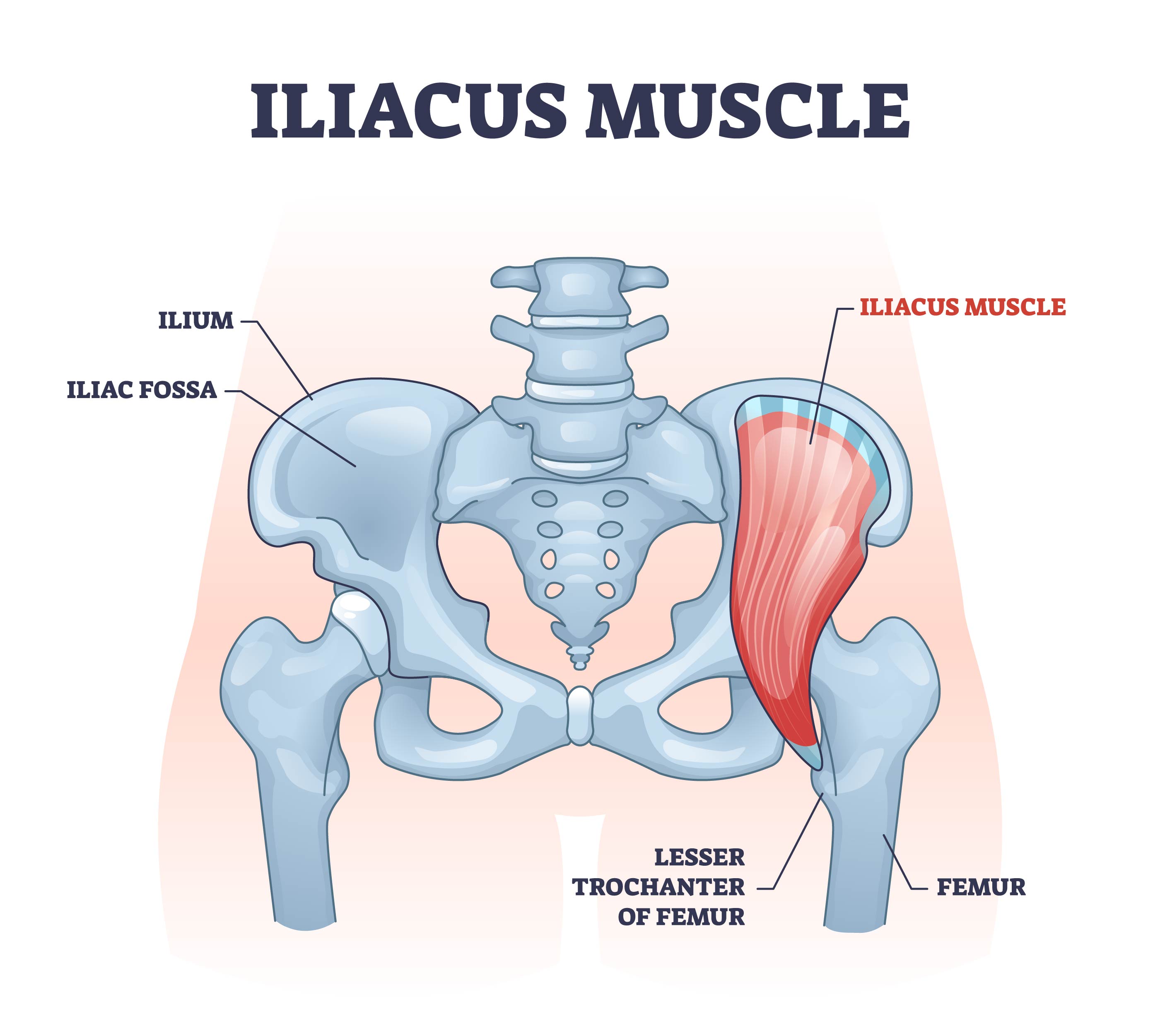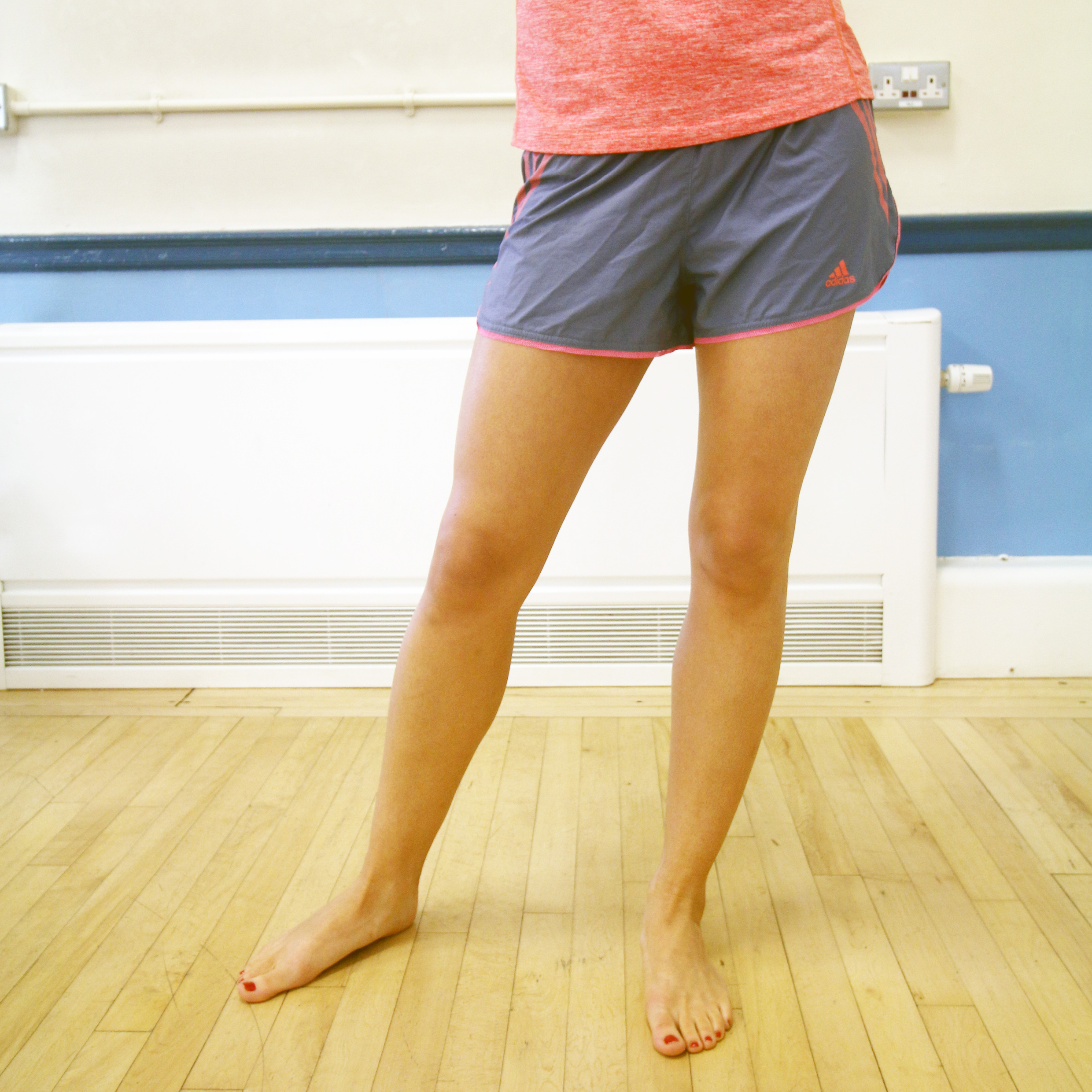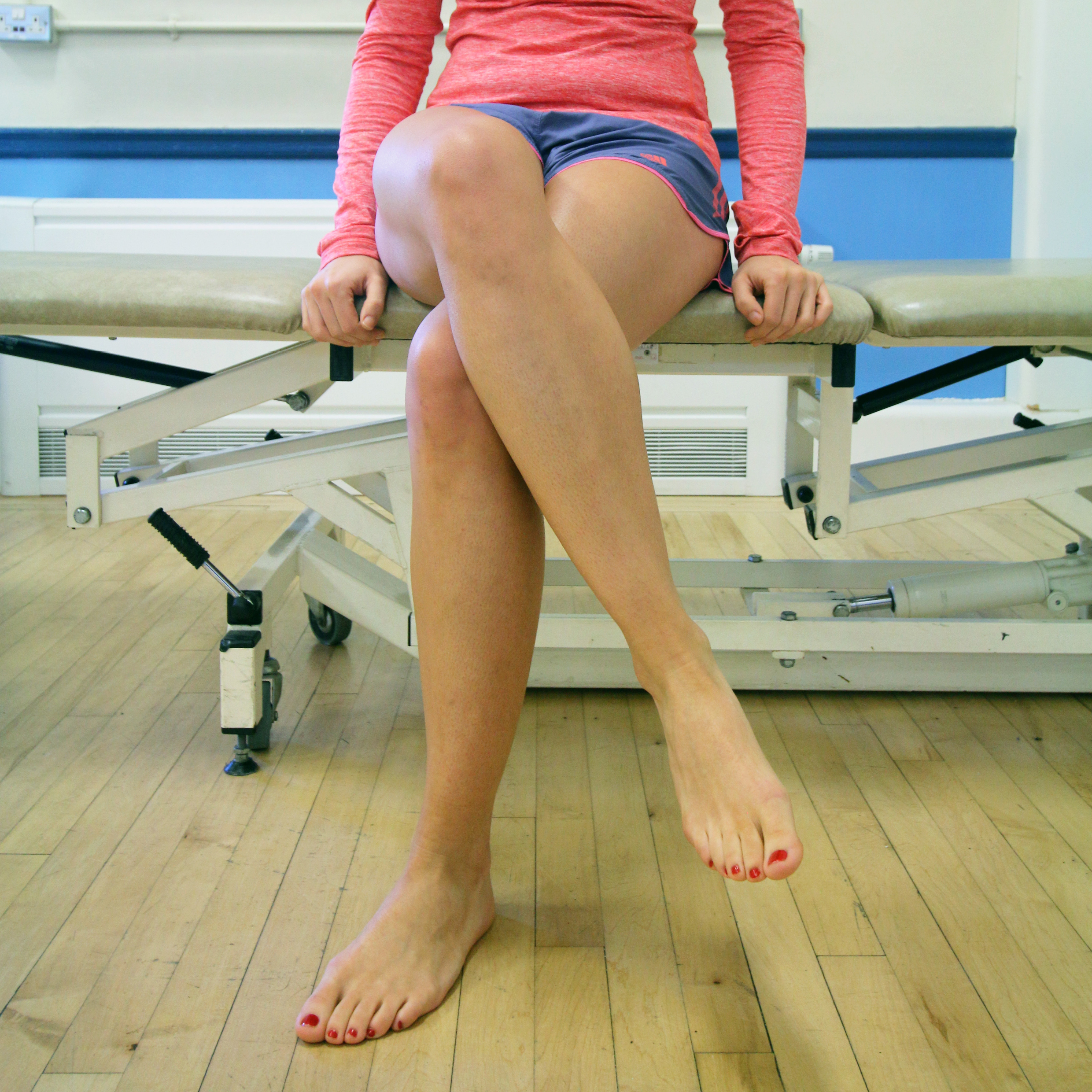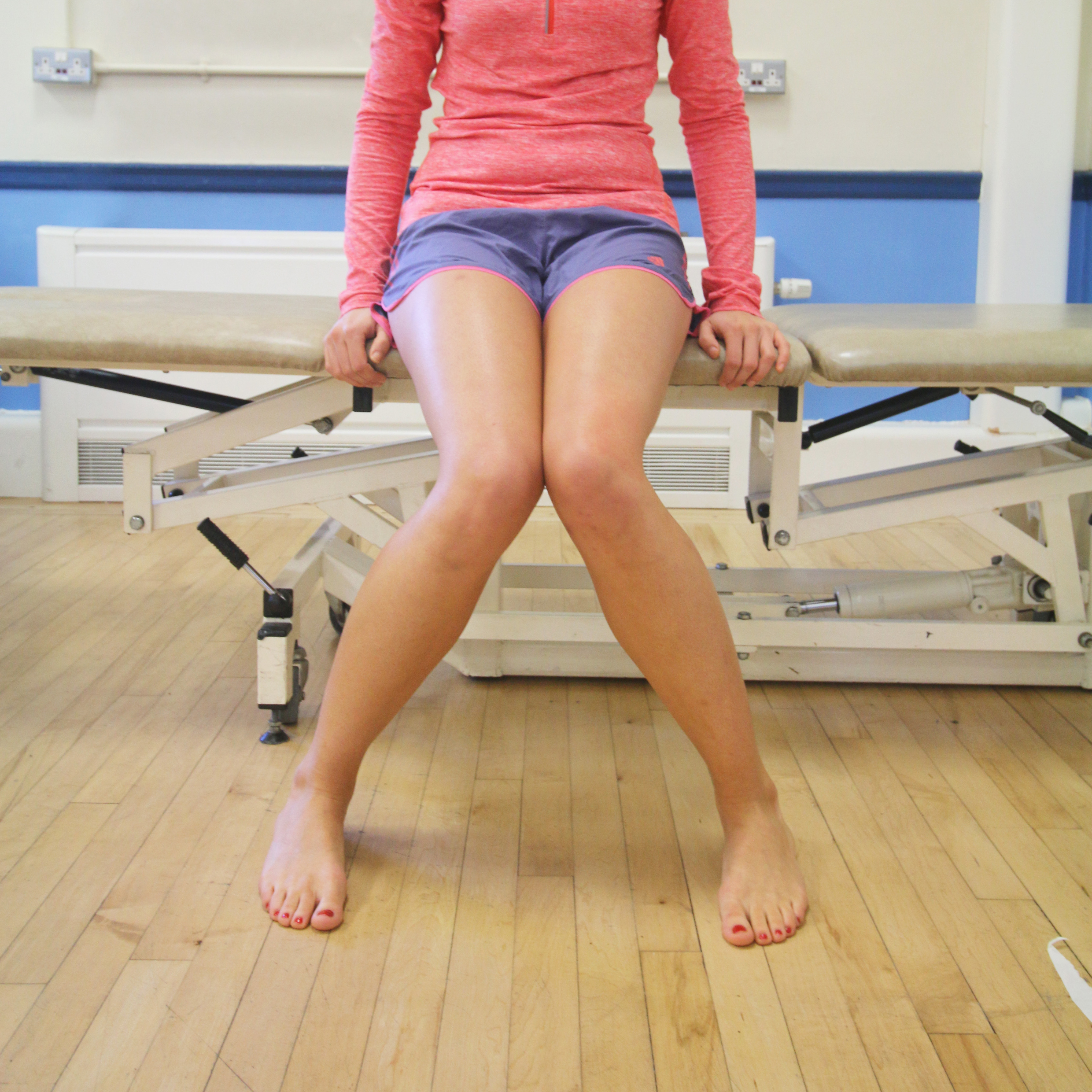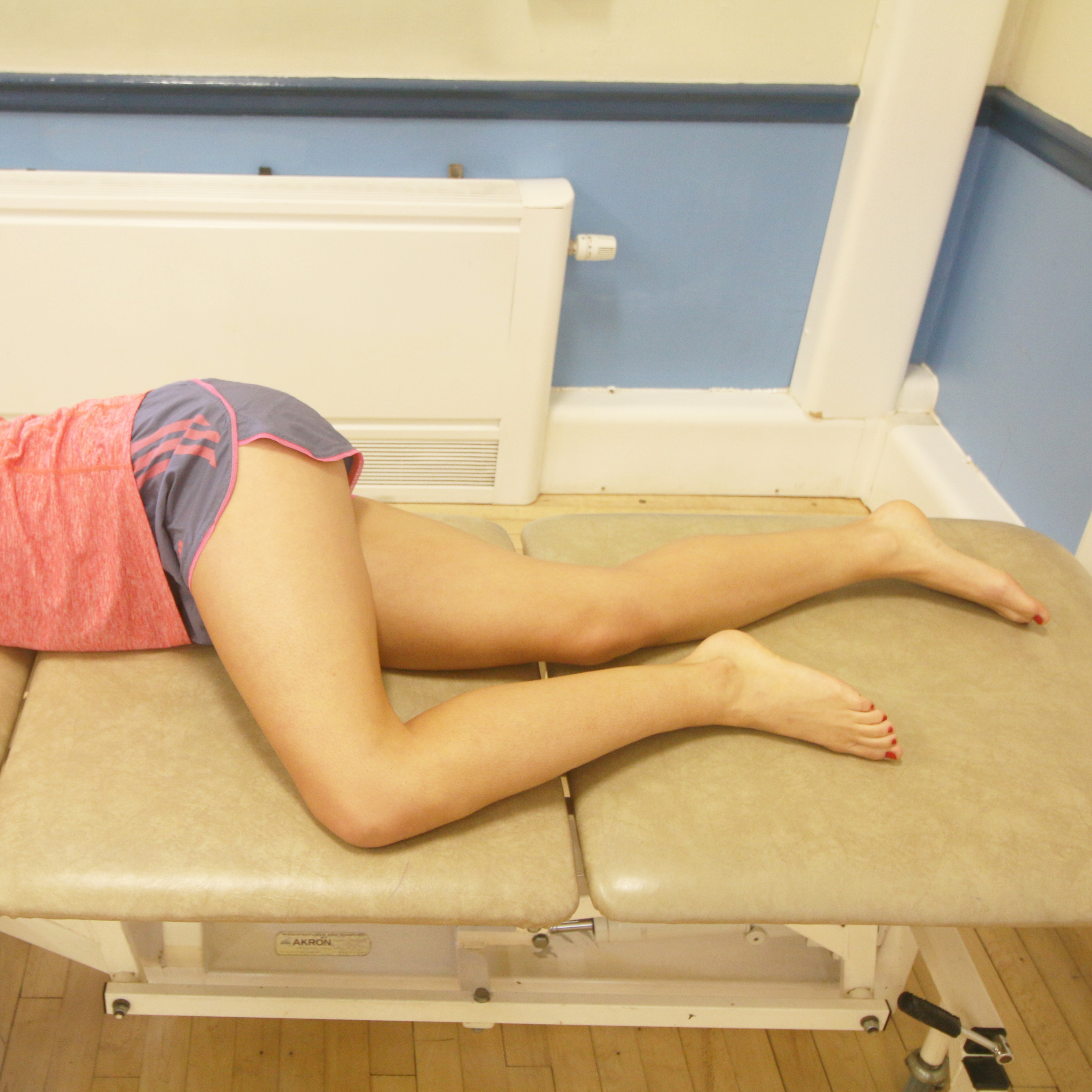
Gluteal Tendinopathy
The Gluteal tendons are a tough band of tissue that connects the deep buttock muscles (gluteus medius and minimus) to the hip bone at a site, known as the greater trochanter. The condition is therefore sometimes referred to as Greater Trochanteric Pain Syndrome (GTPS).
|
The gluteal tendons transfer the force produced by your gluteal muscles to the thigh. The deep gluteal muscles lift your leg out to the side (Figure 1) and stop your pelvis dropping when walking and running (Figure 2). They also play a major role in activities such as squatting, climbing stairs and getting out of a chair.
| Figure 1 | Figure 2 |
 |
 |
Gluteal Tendinopathy is a term that describes any problem with the Gluteal Tendons.
In this condition the tendons are not normally inflamed. This explains why the typical approach of rest and anti-inflammatory medication fails to resolve the issue in many cases. Most experts accept that the problem is degenerative, which sounds scary, however for most people it is a rectifiable issue.
Put simply, the body is constantly being strained (causing wear) with activity and repaired during rest. If the rate of wear becomes faster than the rate of repair, then healthy tendons can start to become weaker, until the point they become painful.
Many issues affect this wear and repair process such as exercise loads, fitness levels, body fat, hormonal changes, stress, postures and limb alignment, and previous injuries. Therefore gradual re-introduction of activity alone does not always work and more specific rehabilitation is needed. This rehabilitation will look to identify the factors contributing to the problem and build a specific exercise programme to strengthen the gluteal muscles and tendon, to improve their tolerance to activity.
The rehabilitation process often takes months as tendons do not have a rich blood supply, meaning adaptation to exercise can be slow. In the majority of cases however, if you are compliant with the exercise programme and patient, this approach is successful and leads to long-term successful outcomes.
Symptoms
When suffering with Gluteal tendinopathy you may experience different symptoms, but the most common are pain in the outside of your hip, sometimes spreading down the outside of your thigh. Symptoms are often felt following a long period of rest, when lying on the painful side, during activities that require deep squatting, stair climbing or during and after impact exercise.
Symptom relief
Postures which compress the sensitive tendon into the bone it attaches to, can be painful. Avoidance of these postures in the early stages of your recovery can provide some relief and ensure your recovery is smoother:
- Avoiding or decreasing the activities which cause your pain.
- Strengthening the muscles which support the hip.
- Spreading your weight evenly across both feet and not leaning on just one leg.
- Avoiding low chairs.
- Avoid sitting with your legs crossed.
- Losing weight if you are overweight.
- Using a handrail when going up or down stairs.
- Avoid sleeping on the painful side. Try lying on your back with a pillow under your knees or lie on your good side with a pillow between your legs to keep them in line with your hip joints.
Avoid the following positions
|
Hanging on the hip |
Sitting cross legged |
|
Lying with the painful leg across the other leg |
|
Try the following positions
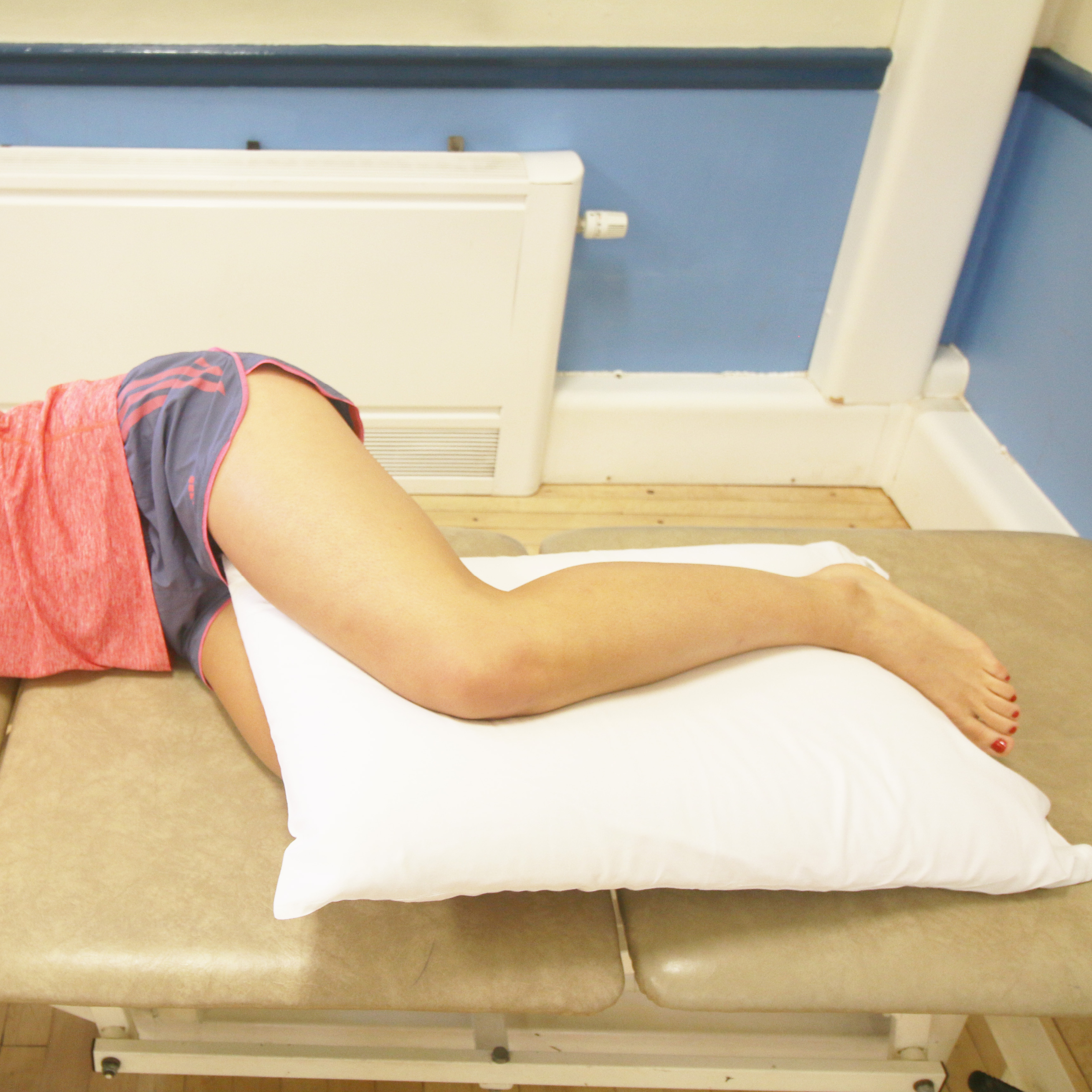 |
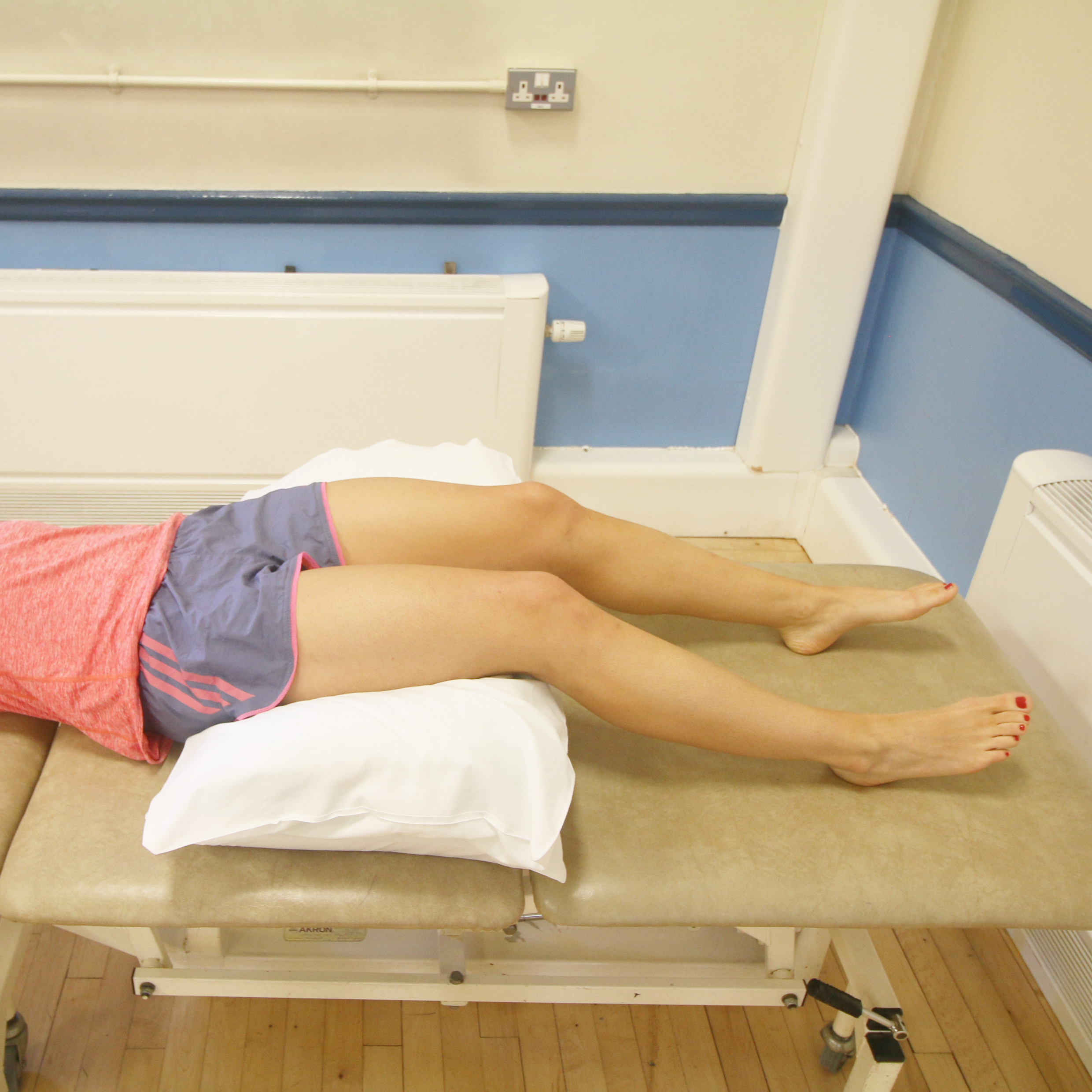 |
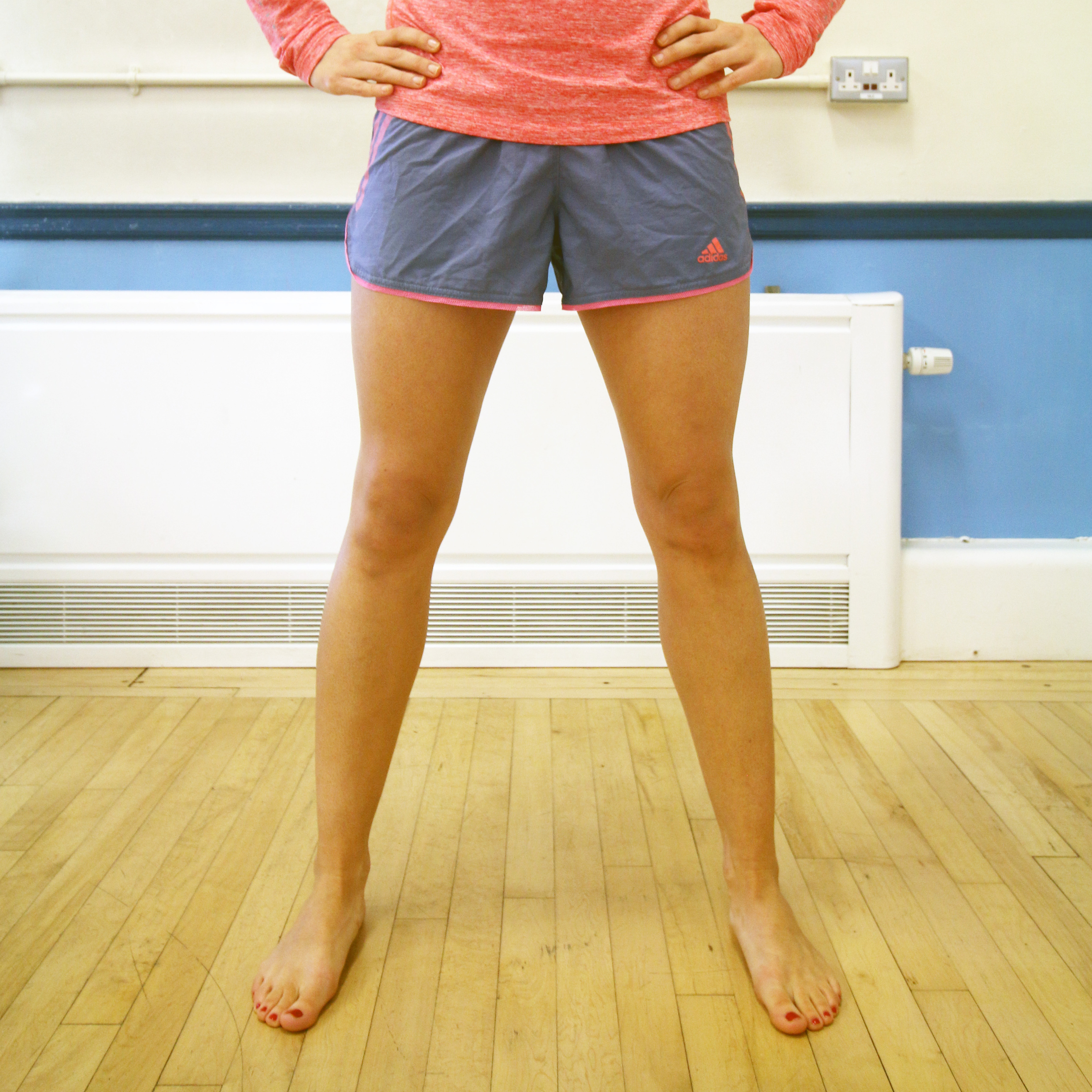 |
|
Tips
Do |
Don't |
Gently exerciseA progressive strengthening programme slowly increases the tolerance of the tendon to load. Depending on how long you have had tendinopathy, it can take 6-12 months for symptoms to resolve with exercise therapy. |
Rest completelyResting decreases the tendons ability to take load and affects the muscle |
Listen to your pain but try to stay activeExercise is safe and pain does not mean harm. Carry out exercise even if there is mild discomfort that eases after exercise. |
Ignore painPain is a tendon’s way of telling you it’s irritated and if you regularly push into moderate to severe pain that continues for extended times and disturbs sleep you may be doing too much |
MassageMassaging the gluteal muscles can help provide symtpom relief |
Massage the sensitive areaDeep pressure over the sore spot on the outside of your hip can make your pain worse. Try to avoid massaging the sensitive area. |
Avoid aggravating posturesAvoid the aggravating postures identified in the pictures as much as possible in the early stages. |
Stretch a lotStretching increases the compression of the tendon and can irritate it if done repeatedly. |
Look at lifestyle and dietAdopting a healthy diet and reducing excess weight can improve tendon health. |
Rely on injectionsInjections with steroid can be useful for confirming diagnosis and treating severe cases. Their affect is usually short lived but can give you help getting started with exercises. Repeated injections are often not advised as they could cause further weakening of the tendon in the long term. |
More information
Contact the Physiotherapy Department on 0121 812 3500
